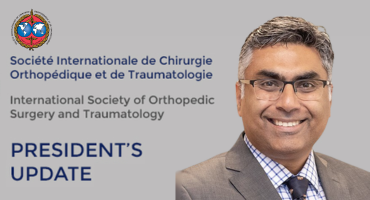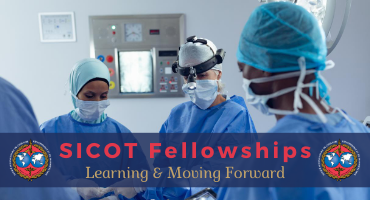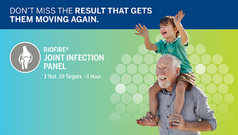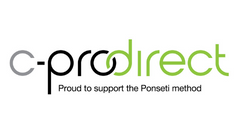Injury. 2025 Jun 28;56(8):112540. doi: 10.1016/j.injury.2025.112540. Online ahead of print.
ABSTRACT
INTRODUCTION: Periprosthetic proximal femoral fractures (PPFFs) present significant challenges in orthopaedic and trauma care, particularly in older patients with comorbidities. Although guidelines recommend early surgery for native proximal femoral fractures, the optimal time to surgery (TTS) for PPFFs remains uncertain. This study aimed to assess the impact of TTS on survival in patients with PPFFs and investigate the role of patient-specific factors in survival outcomes.
MATERIALS AND METHODS: This retrospective study included 262 patients who underwent surgical treatment for PPFFs at a German trauma centre between 1995 and 2023. Survival outcomes were assessed using Kaplan-Meier analysis with log-rank tests and multivariate Cox regression analysis.
RESULTS: The mean (standard deviation) age was 82.8 (8.1) years, and 68.7% of patients were female, with a mean TTS of 62.8 (27.7) h. Log-rank tests revealed no significant survival difference between the optimal cut-off TTS ≤ 68 h and > 68 h (p = 0.51). Multivariate Cox regression analysis identified age (hazard ratio [HR] = 1.06, 95% CI [1.04, 1.08]), male sex (HR = 1.43, [1.01, 2.02]), dementia (HR = 2.12, [1.50, 3.00]), heart disease (HR = 1.43, [1.02, 2.00]), diabetes (HR = 1.49, [1.03, 2.16]), and tumour disease (HR = 1.62, [1.05, 2.51]) as risk factors for mortality. Protective factors included higher preoperative haemoglobin levels (HR = 0.83, [0.76, 0.90]), and erythrocyte transfusion was associated with improved survival in patients undergoing revision arthroplasty but not in those treated with open reduction and internal fixation. Chronic obstructive pulmonary disease was associated with a reduced mortality risk (HR = 0.68, [0.50, 0.93]).
CONCLUSIONS: Despite limitations related to the retrospective, single-centre design, the long study period, and incomplete documentation of transfusion timing and volume, our findings suggest that TTS did not significantly affect survival. Patient-specific factors, including age, comorbidities, perioperative complications, preoperative haemoglobin levels, and transfusions, were the primary drivers of survival outcomes.
PMID:40644865 | DOI:10.1016/j.injury.2025.112540







